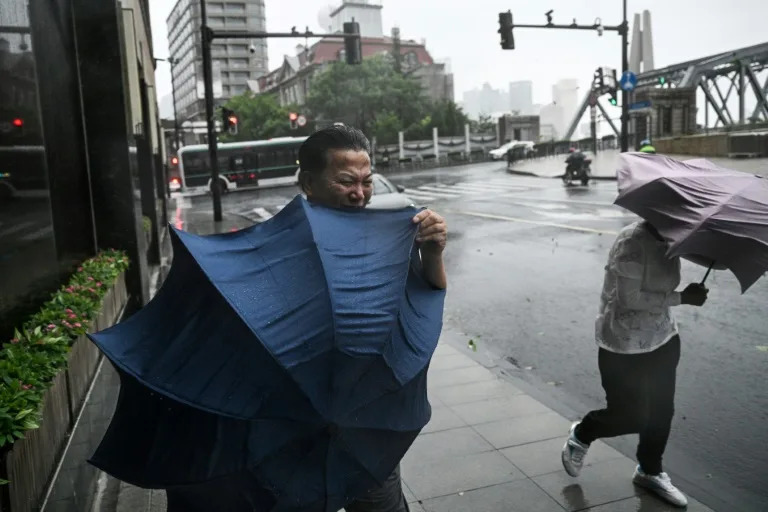Alex DeMarban,
Sun, September 15, 2024
Sep. 15—A long-sought 800-mile gas line would provide cheaper natural gas for use in the state compared to imported gas, according to a preliminary analysis commissioned by the Alaska Gasline Development Corp.
The report, conducted by global energy analyst Wood Mackenzie, also says that the long-productive Cook Inlet basin in Southcentral Alaska could be depleted of gas in about a decade.
The head of Enstar, Southcentral Alaska's natural gas utility, said the utility supports a gas line from the North Slope and does not disagree with the report's findings. But the utility, which is pursuing a plan to import gas, said the longer time need to build the gas line is an issue.
The analysis comes as state leaders grapple with the looming shortage of gas from the basin, and utilities like Enstar weigh gas imports that are expected to boost the price of heat and power for Alaskans.
The report does not answer where the billions of dollars needed to build that gas line will come from, a problem that for decades has hobbled efforts to build the infrastructure needed to tap vast quantities of North Slope gas.
The report points out that the gas line would take three years longer to complete than importing gas, which could potentially start in 2028.
It also makes noteworthy assumptions, leading one energy analyst to describe it as excessively optimistic. One assumption is that gas for the project will be produced by a company that currently does not produce oil or gas, Great Bear Pantheon. The exploration company is working to develop two North Slope projects, and has signed a preliminary deal with the gas line corporation to sell the gas to it, if it is produced.
The Wood Mackenzie report found that shipping North Slope gas to Southcentral Alaska for in-state use would cost about 9% less than imports, on average.
The pipe-delivered gas would run about $10.90 per million cubic feet daily, on average, based on a pricing range in the report.
Both options are higher than the current price of natural gas in Southcentral Alaska at about $8.69, according to the report.
Wood Mackenzie will later provide a full, final report that will go to the Alaska Legislature and Gov. Mike Dunleavy, according to board members of the Alaska gas line agency, who expressed support for the report's findings at a meeting on Thursday.
The state gas line agency has worked unsuccessfully for about a decade to build the $44 billion Alaska LNG project. It would ship North Slope gas to Southcentral and super-chill it into a liquid that can be exported overseas.
The agency has proposed building the pipeline as a first-phase step in the project, at $11 billion, to address the anticipated gas shortage in Alaska.
However, the broader Alaska LNG project is operating under a short timeline.
Key board members of the gas line corporation have told state lawmakers in a letter that efforts to mothball, sell or shut down the project should begin at the end of this year, unless the agency finds private funding for at least the first phase, and "if there is insufficient value realized for the state."
Enstar: 'The problem is timing'
The Wood Mackenzie report focuses on the cost of in-state gas if that first-step pipeline is built.
It assumes that 25% of the funding for the phase would come from ownership equity, with the remainder financed with debt.
It does not provide details on the potential source for the the funding.
It says a federal loan guarantee and reduced property tax for the project would have the most impact in reducing the cost of gas.
The report also says that building the pipeline will provide several billions of dollars in extra benefits to Alaska, compared to imports. The construction of the line could support more economic growth, jobs and tax and royalty income for the state.
Enstar, the natural gas utility for Southcentral Alaska, has warned that the gas shortfall could begin next year, leading to particular concerns about gas supply this winter when demand will be highest.
Alaskans got an idea of the concerns during a severe cold snap last winter, when equipment at an underground gas storage reservoir in Cook Inlet failed to produce gas as expected. If the situation had worsened, Southcentral residents would have been asked to take energy reduction steps.
Enstar this year has proposed a plan to import marine shipments of natural gas into Southcentral, through Port MacKenzie, across Cook Inlet from Anchorage.
The plan includes a proposal for a $57 million pipeline, and would require the use of a specialized ship moored at the port to process the gas, to prepare it for shipment in pipelines.
John Sims, president of Enstar, said in a prepared statement on Thursday that Enstar supports using North Slope gas to meet in-state needs.
But the schedule for getting a pipeline built is an important consideration, he said.
"Enstar has always supported and promoted utilizing natural gas from the North Slope," he said. "We are not surprised to see yet another study that acknowledges that the Cook Inlet is running out of available gas for utilities and that if the pipeline is built, it will bring cheap gas to Alaskans."
"The report highlights findings that we don't disagree with," Sims said.
"The problem is timing," he said. "Whatever we move forward with as an import solution will not impede the progress of the AKLNG project, and we will set ourselves up to take advantage of its benefits when it arrives."
Wood Mackenzie also reported that Cook Inlet gas production is expected to be depleted in the mid-2030s.
The report says exploration success has been limited in the basin, an indication that new discoveries can't come to the rescue. Only three commercial discoveries have been made in the last 15 years despite 34 exploration wells drilled. That's a 9% success ratio, the report says.
"Relying on additional production from Cook Inlet is not considered a viable option to meet long-term demand," the report says.
Larry Persily, an oil and gas analyst and former Alaska deputy commissioner of revenue, said the report is based on several of the "most optimistic assumptions" falling into place.
Persily, a longtime skeptic of the project, said key questions include whether the current cost estimate is too low, and who will invest the billions of dollars to build the project, he said.
"It's worrisome to base an $11 billion decision, if it is in fact $11 billion, on everything going right," he said. "There's lot of cards in this house that could turn up the wrong way as you try and build this thing."












